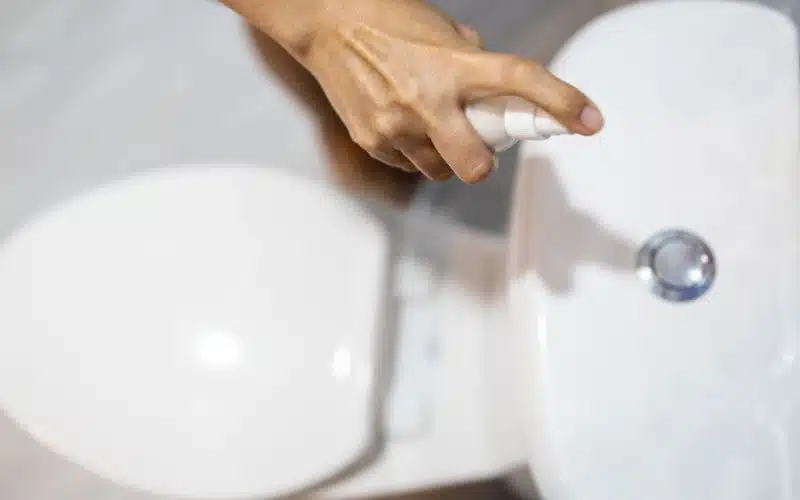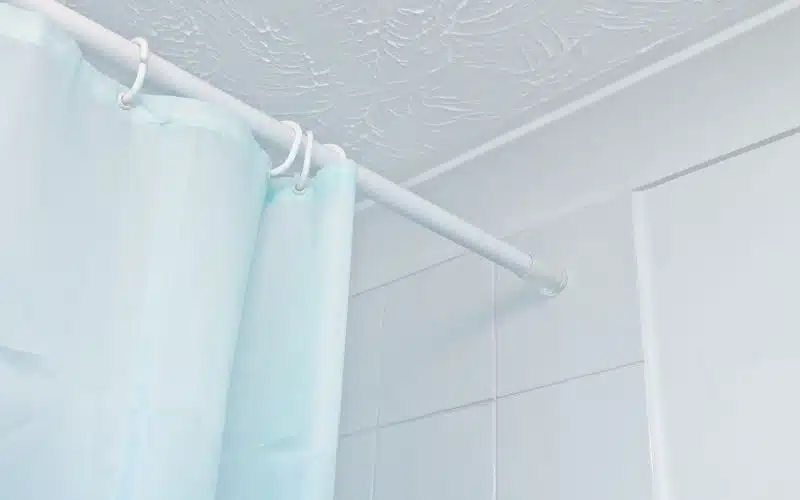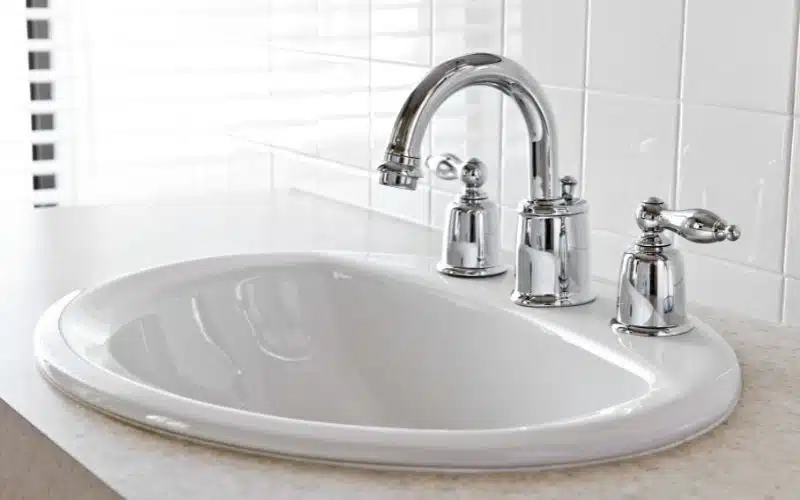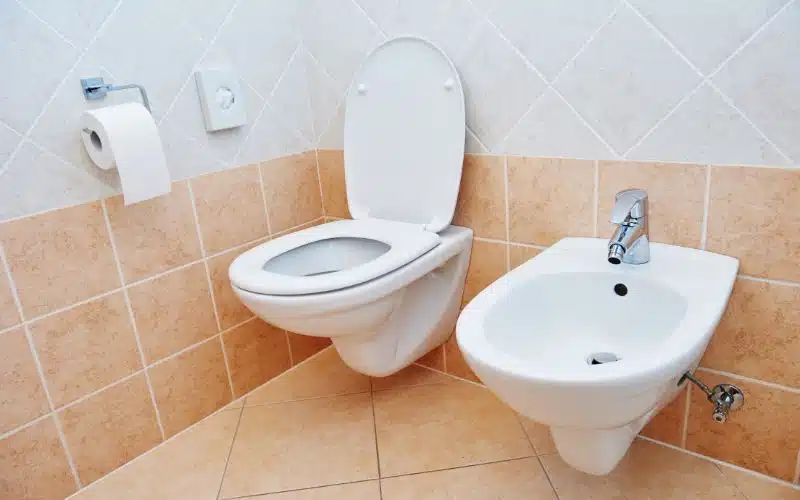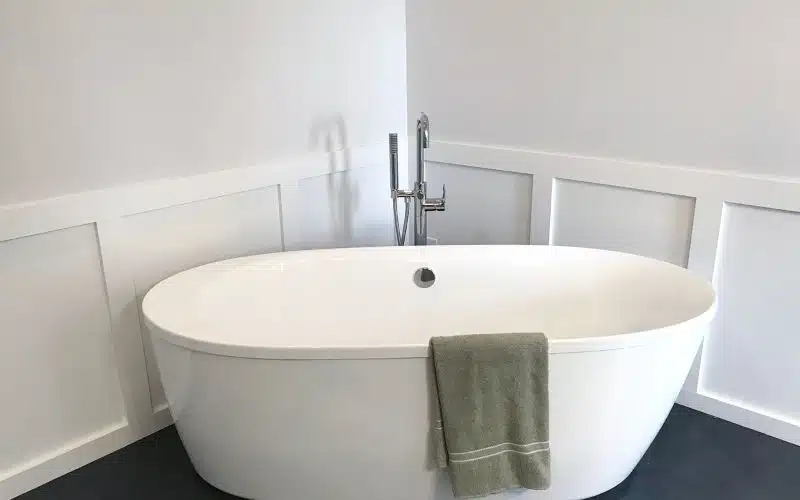Do you have an awful smell from your bathroom sink whenever you flush? Are you wondering if that smell is happening because you don’t have a vent in your bathroom sink?
Would you like to know all the advantages of having to install a vent in your bathroom sink? This guide will tell you everything you need about vent pipe installation.
Your bathroom sink needs a vent, especially if you want the sink to drain well. A vent system in your bathroom sink helps to equalize pressure and complement the bathroom sink’s plumbing system. Another important feature of having a vent in your bathroom sink is that it neutralizes toxic vapors in the sewage.
Does a Bathroom Sink Require a Vent?
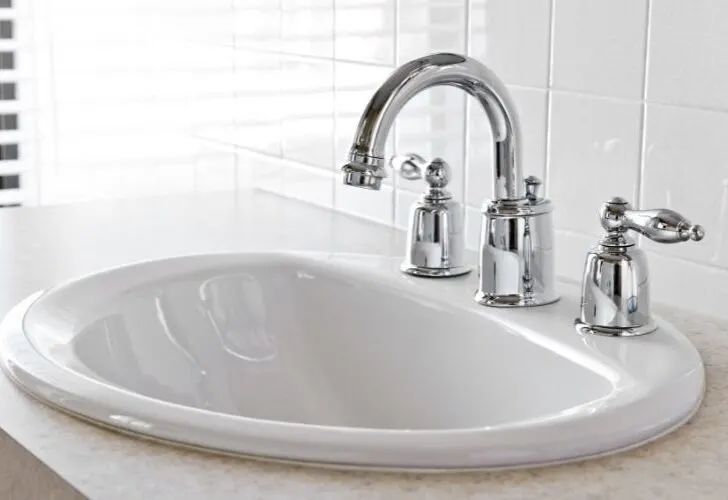
You’ll often choose fresh air in your bathroom but won’t know that it’s only possible with a vent system.
The essence of having a vent in the bathroom sink of your home is that it helps with adequate ventilation.
That pipe communicates with the exterior through the roof of your home. Most vents for bathroom sinks come with the make-up of iron ore or a PVC pipe.
You can choose to install separate vents to drain individually or use a vent for all the drains in your bathroom.
However, you’ll have vent stacking when you connect more than drains to a single vent.
Also, having a vent in your bathroom sink forms a crucial part of the bathroom’s plumbing system.
Most often, you’d want to figure out an alternative to having a vent in your bathroom sink; these include installing a fan in the pipes or getting a dryer vent.
As nice as that may seem, a dryer vent doesn’t have the safety of a vent. Also, your building may not accept the installation of dryer vents because they have risks of fire outbreaks.
However, getting the appropriate vent for the bathroom sink is your only option if you want to drain harmful vapor.
This table illustrates some benefits of having a vent in your bathroom sink.
What Happens If You Don’t Vent a Bathroom Sink?
A lot of unpleasant things can happen from not having a vent in your bathroom sink.
The first thing is that instead of the toxic vapor in the sewage passing out through the vent, it’ll get into your home.
That would create an unpleasant environment for you because the whole house will smell at every flush.
That’s because sewage contains harmful and offensive gases such as carbon monoxide, ammonium, and hydrogen sulfide.
So, having a vent in your bathroom sink will take these gases directly into the air through an opening in your roof.
However, if you already have a vent in your bathroom, always inspect and watch out for abnormalities.
One main factor that can give you a faulty vent is cold. Almost everything gets cold and hard in winter, including pipes with or without vents.
That’s because if you have a vent that isn’t draining, you’ll still have the problem of toxic waste circulation in your home.
The excess cold would obstruct the vent making it difficult for toxic vapor from the sewage to pass through; If you have a vent that isn’t working, it’s as good as not having a vent in your bathroom sink.
You must identify and relieve the obstruction so that your vent functions appropriately.
A simple way of freeing a blockage that results from cold in the vent during winter is to warm it; pour hot water into the drain, and let it flow through the bathroom sink pipes.
That does that magic and frees up the vent system making it possible for toxic vapor to pass through.
However, if it’s not cold and the vent isn’t draining, hard lumps of debris may be clogging it.
Have a plumber check and unblock so you can enjoy the benefit of having a vent in your bathroom sink.
How Should a Bathroom Sink Be Vented?
The main thing about venting your bathroom sink is ensuring that air can pass from the pipe to the outside world.
You can achieve that by connecting the vent pipe to an opening on the roof of your house. Several vents can drain individually to meet at a point, forming a vent stacking.
Before now, buildings didn’t have issues using multiple vents for different drainage systems. But now, professional plumbers prefer using a single vent to drain multiple drains.
However, there are pros and cons to using a single vent in your bathroom sink.
Cold can make your pipes freeze and block their ability to allow gas to pass out. However, it’s possible to use a single vent to connect several pipes, draining the harmful vapor into the air outside.
Also, if you live in an environment with a temperature below freezing, ensure to insulate the pipes.
Your vent pipe can also have a blockage from the clogging of waste products. That would impede gas from passing to the outside for effective ventilation.
Therefore, while you’re creating a vent pipe, ensure always to inspect to free up blockages.
How Do You Vent a Bathroom With No Outside Access?
If your bathroom lacks outside access, having a vent would not be easy; the vent sends waste products in the form of gas from the sewage to the air outside; it does that via a connection to the roof.
What results in the gases finding their way into your home and causing an offensive odor? You can only avoid that by ensuring a functional plumbing system with a vent in your bathroom.
Without that connection, harmful vapor won’t pass out from your bathroom sewage.
An alternative to not having a vent in your bathroom sink is to install a fan; the fan would work to blow and help circulate the gases all around so that they don’t gather at a single location.
However, it doesn’t take the gases away into the air outside. So when these gases stay in your home and you constantly inhale them, you’ll harm yourself health-wise.
Hence, the only alternative is to ensure good access in your home for gases to pass. And what good site would be fit for that function if not your home’s roof?
However, if there is more than a vent, you’ll have to see that the vents make communication to the opening in your roof.
Also, your vent can develop a blockage from cold during winter periods or from waste particles; If the blockage is due to cold, you can free it up by pouring hot water and allowing it to flow through the pipes.
However, if the blockage is due to waste particles, you’ll have to remove them manually.
Failure to ensure patency in the vent of your bathroom would pose health dangers because of the constant inhalation of harmful gases.
How Far Can You Run a Drain Without a Vent?
How far you can run a drain without installing a vent depends on the trap size of the draining pipe.
That’ll also depend on the plumbing if it has a ventilation system such as a fan. You can drain as far as eight feet vertically or at a slope of the trap.
If the venting system is wet and four inches in size, you’ll have to make your drain run 16 feet at a ⅛ slope; if your pipe is 1-¼ inch in size, then the horizontal distance of your vent shouldn’t be greater than 30 inches.
However, the horizontal distance of the vent from a 1-½ inch pipe shouldn’t be more than 42 inches.
Also, if you have multiple vents, you can create a distance of 2 ½ to 3 ½ inches horizontally; the vertical distance can be up to eight feet.
Conclusion
I can’t overemphasize the importance of having a vent pipe in your bathroom sink because it has a lot of benefits.
Aside from the vent pipe complimenting your plumbing system, it also helps eliminate toxic substances. However, regularly inspect the vent pipe closely to free up an occlusion whenever it arises.
